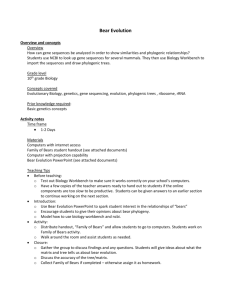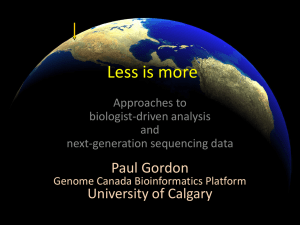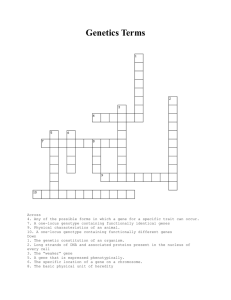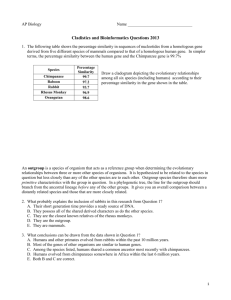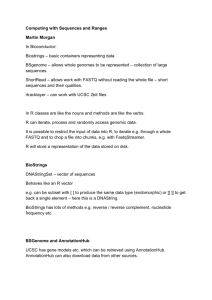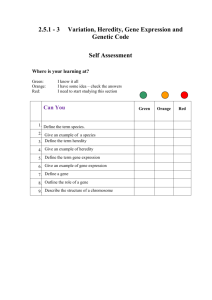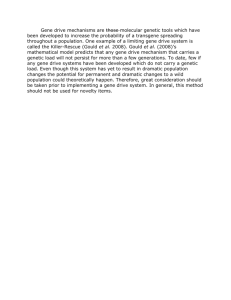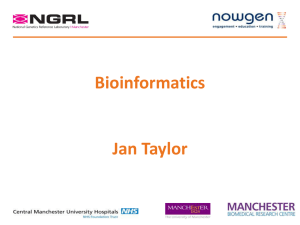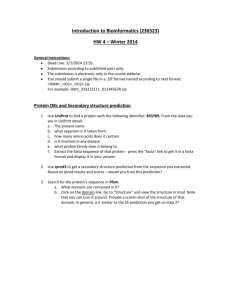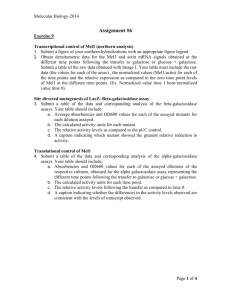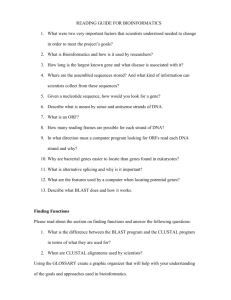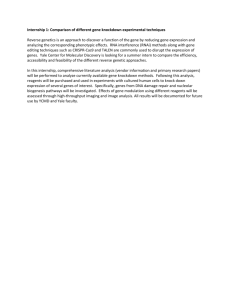Bear Evolution Lesson Plan - Bioinformatics Activity Bank
advertisement
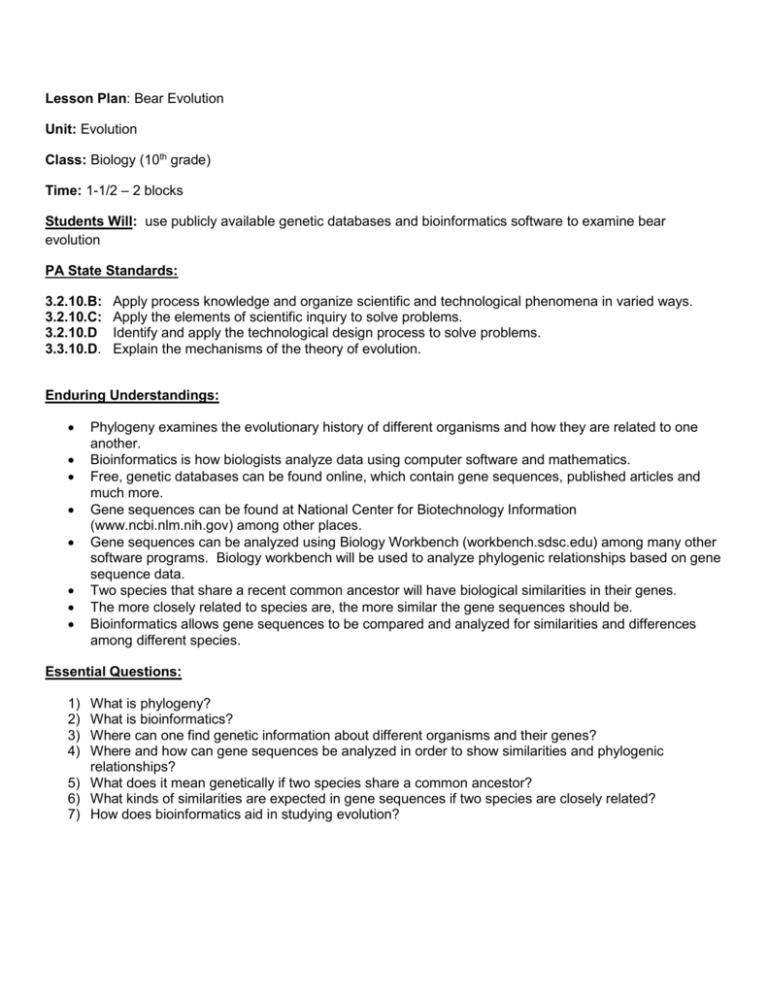
Lesson Plan: Bear Evolution Unit: Evolution Class: Biology (10th grade) Time: 1-1/2 – 2 blocks Students Will: use publicly available genetic databases and bioinformatics software to examine bear evolution PA State Standards: 3.2.10.B: 3.2.10.C: 3.2.10.D 3.3.10.D. Apply process knowledge and organize scientific and technological phenomena in varied ways. Apply the elements of scientific inquiry to solve problems. Identify and apply the technological design process to solve problems. Explain the mechanisms of the theory of evolution. Enduring Understandings: Phylogeny examines the evolutionary history of different organisms and how they are related to one another. Bioinformatics is how biologists analyze data using computer software and mathematics. Free, genetic databases can be found online, which contain gene sequences, published articles and much more. Gene sequences can be found at National Center for Biotechnology Information (www.ncbi.nlm.nih.gov) among other places. Gene sequences can be analyzed using Biology Workbench (workbench.sdsc.edu) among many other software programs. Biology workbench will be used to analyze phylogenic relationships based on gene sequence data. Two species that share a recent common ancestor will have biological similarities in their genes. The more closely related to species are, the more similar the gene sequences should be. Bioinformatics allows gene sequences to be compared and analyzed for similarities and differences among different species. Essential Questions: 1) 2) 3) 4) What is phylogeny? What is bioinformatics? Where can one find genetic information about different organisms and their genes? Where and how can gene sequences be analyzed in order to show similarities and phylogenic relationships? 5) What does it mean genetically if two species share a common ancestor? 6) What kinds of similarities are expected in gene sequences if two species are closely related? 7) How does bioinformatics aid in studying evolution? Phase/Time Frame Teacher will… Student will… Introduction Use Bear Evolution PowerPoint to spark student interest in the relationships of “bears” Listen and give their opinions about bear phylogeny Model how to use biology workbench and ncbi. Listen and ask questions. Have students get laptops and begin Family of Bears activity. Students will begin activity. Body Walk around the room and assist students as needed. Closing Have students come back to their desks and go-over any questions that students may have. Students will give ideas about what the matrix and tree tells us about bear evolution. Discuss accuracy of tree/matrix. Discuss ideas for improved matrixes/trees. Collect Family of Bears if completed – otherwise assign it as homework. Turn in assignment if completed, or do as homework. Assignment for Next Class: Complete Family of Bears for tomorrow if not done in class. Resources Used: Laptops
